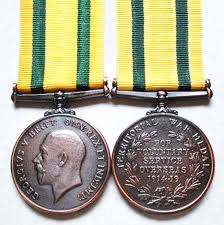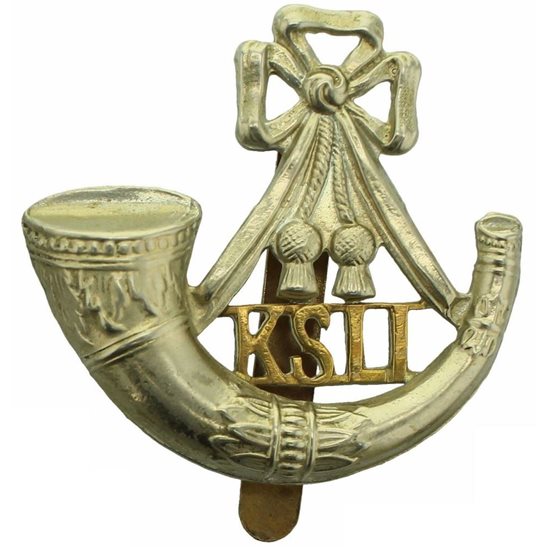Personal Details
Born: 5 June 1893 in Whitchurch, Shropshire and baptised 22 June the same year at St. Alkmund`s Parish Church, Whitchurch.
Family: He was the sixth of seven surviving children born to George Steele, a blacksmith, and his wife Mary. He married Evelyn Horne in 1921 in Daventry, Northamptonshire. No children can definitely be found for the couple.
Residence: At the time of his baptism his family were living at 18 Egerton Road, Whitchurch. This continued to be his address until at least 1919. In 1939 he was living at 36 Oxford Road, Daventry, Northamptonshire. In 1966 his home was 8 Egerton Road, Whitchurch.
Employment: In 1911 he was an engine cleaner; by 1939 he was a postman.
Died: In 1966 in Whitchurch, Shropshire and buried at Whitchurch Cemetery on 12 January the same year, aged 72.
Military Details
Regiment: King’s Shropshire Light Infantry
Rank: Lance Corporal
Service Number: 200621 (previously 2188)
Date of Enlistment: Not known
Date of Discharge: 20 April 1919
Reason for Discharge: Not known
William was awarded the Campaign Medals (British War Medal and Victory Medal) and Territorial Force War Medal

The British War Medal (also known as 'Squeak') was a silver or bronze medal awarded to officers and men of the British and Imperial Forces who either entered a theatre of war or entered service overseas between 5th August 1914 and 11th November 1918 inclusive. This was later extended to services in Russia, Siberia and some other areas in 1919 and 1920. Approximately 6.5 million British War Medals were issued. Approximately 6.4 million of these were the silver versions of this medal. Around 110,000 of a bronze version were issued mainly to Chinese, Maltese and Indian Labour Corps. The front (obv or obverse) of the medal depicts the head of George V. The recipient's service number, rank, name and unit was impressed on the rim.
The Allied Victory Medal (also known as 'Wilfred') was issued by each of the allies. It was decided that each of the allies should each issue their own bronze victory medal with a similar design, similar equivalent wording and identical ribbon. The British medal was designed by W. McMillan. The front depicts a winged classical figure representing victory. Approximately 5.7 million victory medals were issued. Interestingly, eligibility for this medal was more restrictive and not everyone who received the British War Medal ('Squeak') also received the Victory Medal ('Wilfred'). However, in general, all recipients of 'Wilfred' also received 'Squeak' and all recipients of The 1914 Star or The 1914/1915 Star (also known as 'Pip') also received both 'Squeak' and 'Wilfred'. The recipient's service number, rank, name and unit was impressed on the rim.

The Territorial Force War Medal was a campaign medal awarded to members of the British Territorial Force and Territorial Force Nursing Services who served overseas in World War I; it is the rarest of the five British Great War medals.
The medal was established in April 1920 for award to members of the Territorial Force and Territorial Force Nursing Services who volunteered for service overseas on or before 30 September 1914, and served overseas. They had to have been serving with the force on 4 August 1914 or have completed four years service with the force before 4 August 1914 and rejoined the force on or before 30 September 1914.

